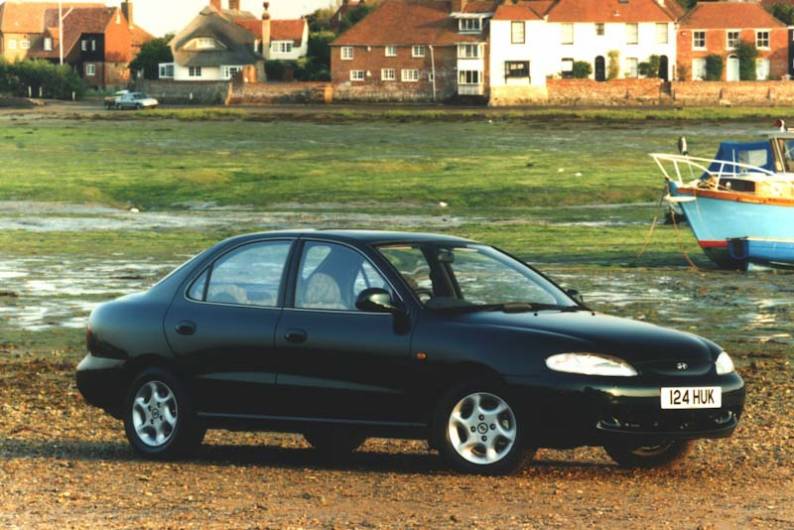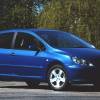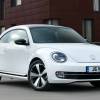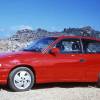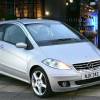
RAC sale – up to 33% off*
• Roadside cover from £5.29 a month†
• We get to most breakdowns in 60 mins or less
• Our patrols fix 4/5 breakdowns on the spot

BY JONATHAN CROUCH
Introduction
If you're thinking of buying a second-hand medium-range family saloon, then you're probably not thinking about buying a Hyundai. Ford, Vauxhall, Peugeot or Rover will be more familiar names on your shopping list. Look beyond the obvious, though, and you could be well rewarded.
Hyundai's original Lantra saloon, launched in 1991 and replaced at the end of 1995 with a sleeker second generation model, was the first world-class car that South Korea ever produced. Priced tightly, well equipped and extremely reliable, it's now recognised on the used market as the thinking man's family saloon.
Models
Models Covered:
First generation Lantra - 1991-1995 (1.5 Saloon [L, GLS] /1.6 Saloon [GLSi, CDi] /1.8 Saloon [GLX, CD])
Second generation Lantra - 1995-to date (1.6 Saloon & Estate [LSi, Si, GSi, GLSi] /1.8 Saloon & Estate [Si, CD] / 2.0 Saloon [GSi, CDX] 2.0 Estate [CD, CDX])
History
The first generation Lantra was launched in 1991 with a single 16-valve 1.6-litre Mitsubishi-designed engine and a choice of two trim levels, GLSi and CDi (which included alloy wheels, air conditioning and fake wood trim). A pokier 1.8-litre engine arrived in 1992, at which time all models also got side impact protection beams.
In 1993, there was a mild facelift, and the range was strengthened by the introduction of an entry-level 1.5-litre variant. The interior was also reworked, for the better. There were four special editions: the 1.6 SEi in October 1991, the Opus' (based on the 1.8` CDi with spoilers) in February 1993, the Visage (based on the 1.5 GLS) in October 1994 and the Jura (offered as a 1.5 or a 1.6-litre auto) in June 1995.
The second generation Lantra launched in Autumn 1995 was a better car still and came with a larger body and a choice of two 16v engines designed by Hyundai itself: a 1.6 and a 1.8. An estate model was added at the beginning of 1996.
For the 1997 model year, the slow-selling 1.8-litre cars were superseded by new 2.0-litre versions. Unusually, the saloon (GSi) and estate (CD) differed in their model names and equipment levels but, as with the rest of the Lantra range, equipment levels were very high on both. Sorrento and Siena special editions with a mild frontal makeover were used to try and boost sales in March 1998 but it all had little effect.
More successful was a more substantial front and rear makeover, announced in June 1998, together with a brighter interior. By now, model designations had returned to more traditional Si, GSi and CDX badging. Remo special editions with 1.6-litre engines were introduced in September 1999.
What You Get
The original Lantra was the first Hyundai you might actually aspire to own. Earlier Hyundais had attracted a certain following through virtues like reliability, high equipment levels and most importantly, value for money. Worthy attributes certainly, but lacking that all-important 'feel good' factor so important to private buyers.
The Lantra provides it in plenty, from the 'walnut' veneer in the flagship model to that all-important '16v' badge on the bootlid. The wedgy shape is quite desirable, too, clean, smart, uncluttered and very modern.
In size, the car lies somewhere between a Ford Focus and a Vauxhall Vectra and could realistically be pitched against cars in either category. Hyundai always hoped that British buyers would see it as a cut-priced Mondeo or Vectra rival - a valid strategy.
What You Pay
Please fill in the form here for an exact up-to-date information.
What to Look For
Avoid entry-level LSi versions; you'll find a better equipped GLSi, CDi or CDX for not much more money if you look hard enough. Not a lot goes wrong - this is the domestic appliance of motoring - but it's not exciting though it does the job and will probably never let you down.
Replacement Parts
(Approx - based on a 1991 Lantra 1.8CD) Clutch assemblies are about £105, brake pads around £35 and a starter motor about £70. You'll pay around £100 for a headlamp, around £175 for a radiator, around £925 for an exhaust system including the catalyst, and about £90 for an alternator.
On the Road
From a handling point of view, this isn't a state-of-the-art car though having said that, Lantras handle and ride a great deal better than you might expect. Performance, particularly from the free revving 1.8, is willing and reasonably frugal.
Interior space in the rear is better than you might be expecting after a glance at the exterior dimensions. However, this has been achieved by the Koreans at the expense of boot space; there isn't a huge amount.
Overall
A very sensible used buy for the private family motorist - if you can find one. This is one used car you can buy with real peace of mind. We've yet to hear of a rogue one...

